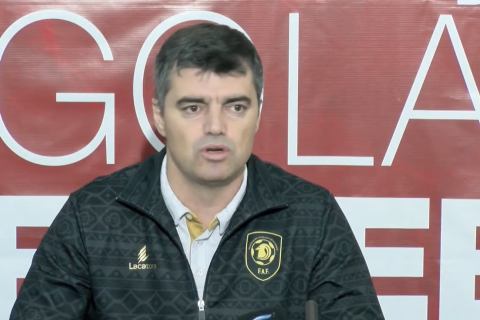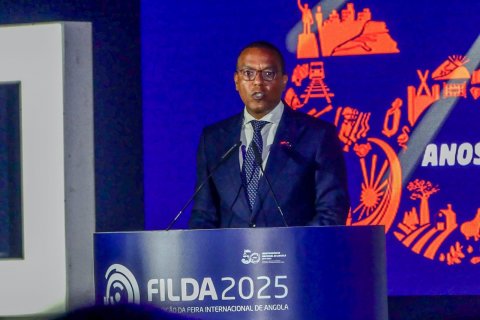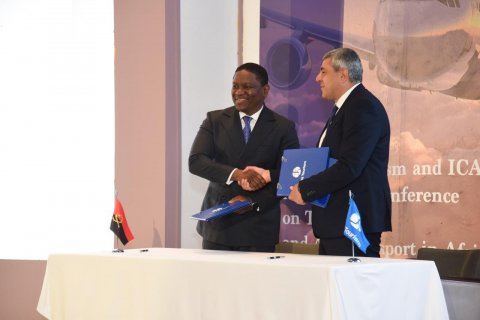Using the enigmatic notes he recovered from the hands of a former South African soldier, the Angolan composer developed the tecktonik:TOMBWA project, in which Portuguese colonialism intertwines with the border war and the secrets of the South African nuclear program, breaking the silence imposed by decades of conflict and censorship.
The dossier with the notes was given to him in South Africa in 1998, when he was recording in a psychiatric hospital and the former soldier placed the handwritten documents in his hands.
“He said: ‘If you are from Angola, you have to have this with you’”, recalls the musician.
In an interview with Lusa, the artist revealed how the handwritten fragments were used to reconstruct the work of Augusto Zita N'gongwenho, an anthropologist about whom little or nothing is known, who disappeared under suspicious circumstances.
The story goes back to the 1980s, when Angola was experiencing a fratricidal war and was facing South African incursions on its southern border.
“South Africa had commandos who crossed the border, kidnapped, tortured and killed civilians and supposed supporters of the liberation movements”, highlights the composer.
Augusto Zita N'gongwenho seems to have been caught in the middle of this violence.
His last notes are from 1987, when the South Africans still maintained bases in the Namib desert and launched operations from areas such as Virei and Cunene.
“They controlled areas in the south of Angola, used bases in Namibia and even carried out operations from the Namib and Kalahari deserts”, highlights Victor Gama, for whom the gaps surrounding Zita reflect those of a larger story: the South African presence in Angola, the support of Western powers for apartheid and the nuclear weapons project developed by South Africa that included secret tests off the coast of Antarctica, which gave rise to the so-called Vela incident.
“The flash that was seen in 1979 was one of these tests, but everything remains censored”, denounces Victor Gama who was inspired by the incident for his play “Vela 6911”.
The memory of those and other years is an almost non-existent archive: “In Angola, thousands disappeared during the 27th of May 1977 (alleged coup attempt that sparked a fight between rival factions of the MPLA) and in other operations. But very little is documented”.
“Our history is being made of secrecy, censorship and erasures”, says Victor Gamal, lamenting that Angola’s contemporary history is “in the process of being erased”.
Augusto Zita was reconstructed based on uncertainties, and it is not even known whether this was his real name. “It could have been a war name, a pseudonym, a gesture of protection”, admits the musical creator.
But the ideas he left behind, transformed into a contemporary art project, are powerful and speak of colonialism, utopia and resistance.
When Victor Gama began to decipher the content of the notes – already in the 2000s – he discovered a thesis on the origins of European colonialism, which linked the landscape of Namibe to the book ‘Utopia’, by Thomas More, which Victor Gama describes as “a model of embryonic colonialism”, an unexpected connection that became the guiding thread of the project.
The tecktonik:TOMBWA project takes up this idea, exploring the ruins of colonial houses along an isolated road, which appear as “scars in the desert”.
In Victor Gama’s work, where sounds and images merge, the colonial ruins and isolated landscapes of Namibe and Tombwa bear witness to the violence of colonialism and wars, helping to reconstruct the past.
“This project does not aim to provide definitive answers about the fate of Augusto Zita”, acknowledges the composer Gama, adding: “But it is important that his memory and his ideas – the way he saw the relationship between territory, colonialism and identity – are preserved and shared.”
Because, he says, when official history is silent, the landscapes, sounds and ruins continue to speak.







